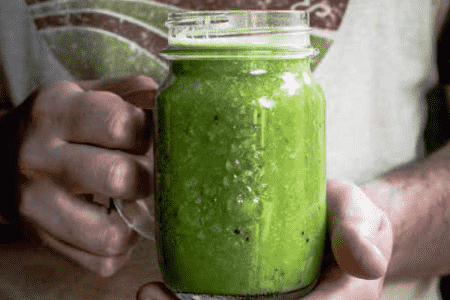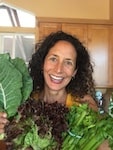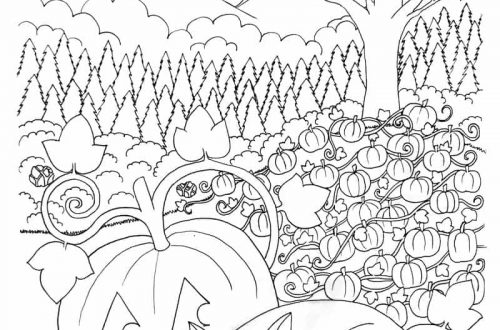
Juice vs Smoothies, What’s Healthier?
Healthy Eating November 2019
By Kris Holden
There’s a lot of hype over juicing these days. More and more juice bars are opening and most grocery stores offer a variety of bottled fruit and vegetable juices.

The latest trend seems to be cold-pressed juice. But, what is “cold-pressed juice,”? Are there more health benefits in drinking fresh pressed juice over drinking blended smoothies? Let’s start off by looking at the process and benefits of juicing.
Juicing 101
Juicing is the process of extracting the liquid from fruits and vegetables and discarding the skin, pulp and fiber. Without the fiber your digestive system doesn’t have to work as hard to break down the food. The nutrients are more readily available to the body in much larger quantities. You can be absorbing the nutrients from up to three pounds of produce in one 16 ounce bottle of juice. That’s roughly the equivalent of eating 9 apples or 12 carrots in one sitting. You can essentially fulfill your daily fruit and vegetable intake, in only drinking fresh juice, but you will be lacking vitally important vitamins, minerals and fiber, only found in the skin and bulk of the produce.
What is cold-pressed juice?
Cold-pressed juice is made with a hydraulic press that uses large amounts of pressure to extract the most amount of liquid from fruits and vegetables. Since this process doesn’t require any high-speed spinning or blades (which creates heat) the juice is richer in vitamins and enzymes. These juices can be more expensive than other types of juice as the hydraulic press uses thousands of pounds of pressure to squeeze the juice from the produce and requires more fruit and vegetables.
Where do smoothies fit in for nutrition?
Smoothies are made by blending whole fruits and vegetables. With blending, you retain all the skin, pulp and fiber which contain much of the nutrients that juicing excludes. The fiber helps slow digestion and slow the rate that sugar is absorbed into the bloodstream. You won’t be able to consume nearly as much produce as you would juicing, as the fiber helps you feel fuller longer. You can also add additional supplements for bonus nutrition: seeds, nuts, oats, even cooked beans, for a fiber and protein boost. The healthiest smoothies would be made at home. Be cautious when ordering smoothies from the big-name franchise, name rhymes with “mamba.” Many of their smoothies are made with juice blends from concentrate, artificially sweetened sherbet or frozen yogurt and a mysterious “dairy base.” There are some good options offered, just read the ingredients, carefully.
Whether you prefer fresh pressed juice or blended smoothies, both help you increase your fruit and vegetable intake. Drinking 100% fruit and vegetable juice offers you nutrients from larger quantities of produce, is easier on your digestive system, but lacks the fiber your body needs. Drinking blended smoothies offers you the fiber and additional vitamins and minerals as well as keeping you feeling fuller longer. You receive nutritional benefits from both but it should not replace eating fruits and vegetables in its most natural state. Eating whole foods, such as a piece of fresh fruit or a green salad, offers the most nutritional value.
Recipe: Delicious Green Breakfast Smoothie - Kid approved
- 1 cup non-dairy milk or water, or blend a whole peeled orange or cored apple or pear first, then add remaining ingredients. May need to add extra water.
- 1 frozen banana
- 1/2 cup frozen mango
- 1/4 cup organic rolled oats
- 2 dates (pitted)
- 1 Tbls hemp seeds or other seeds (optional)
- 1 cup or handful spinach or kale



You May Also Like

Let the Happy, Hectic Holidays Begin! Ask Nicole November 2019
November 1, 2019
November Coloring Page
November 1, 2019

